Minimalist living rooms are more than just a trend—they’re a way to bring calm, clarity, and sophisticated style into your home. If you’ve ever walked into a serene, uncluttered space and felt instantly at ease, you’ve already experienced the magic of minimalism. In this comprehensive guide, we’ll explore twenty transformative tips for designing a minimalist living room that radiates tranquility and elegance. Each section is packed with practical advice, vivid imagery, and inspiration to help you create your own peaceful retreat.
1. Define Your Minimalist Vision
Every successful minimalist living room begins with a clear vision. Before moving furniture or painting walls, take a moment to imagine how you want your space to feel. Is it bright and airy, or cozy and calm? Defining your vision guides your choices and ensures your room remains cohesive. Consider creating a mood board with images of minimalist interiors to inspire your design direction. These visual references will help you stay focused as you curate your space.
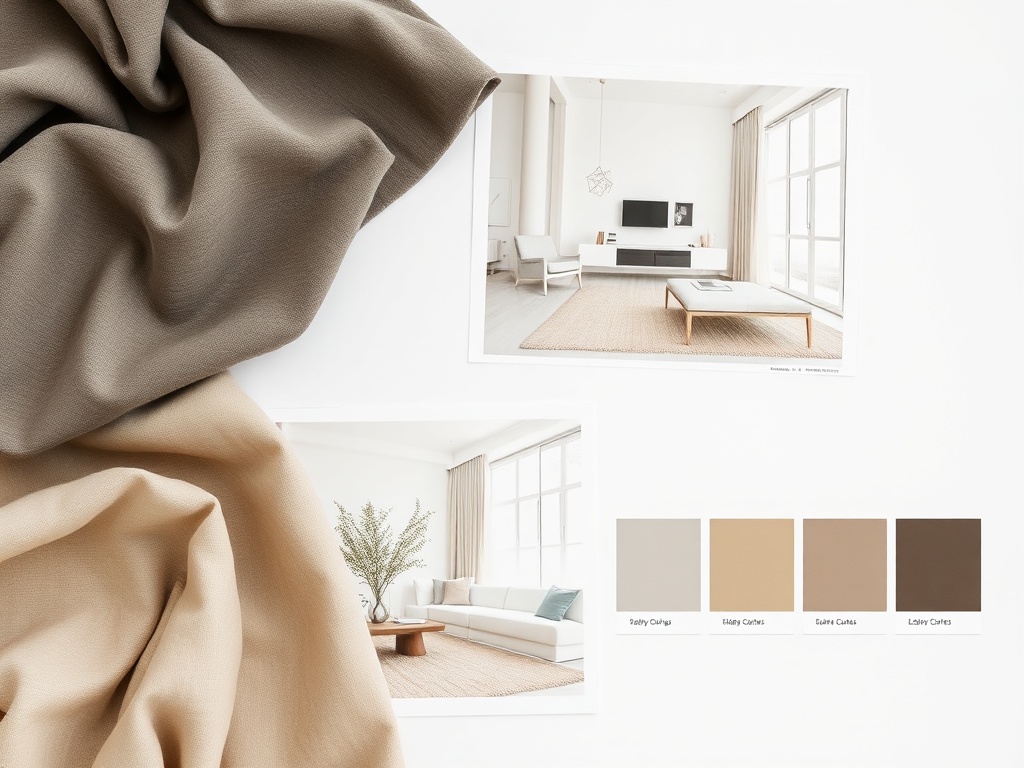
2. Start with a Neutral Palette
The foundation of any minimalist living room is a neutral color palette. Whites, beiges, and soft grays create a sense of openness and serenity. These colors reflect natural light beautifully and serve as a blank canvas for the rest of your decor. If you’re unsure where to start, paint your walls a crisp white or subtle taupe, and select upholstery in similar shades. This approach enhances the room’s sense of space and allows statement pieces to stand out.
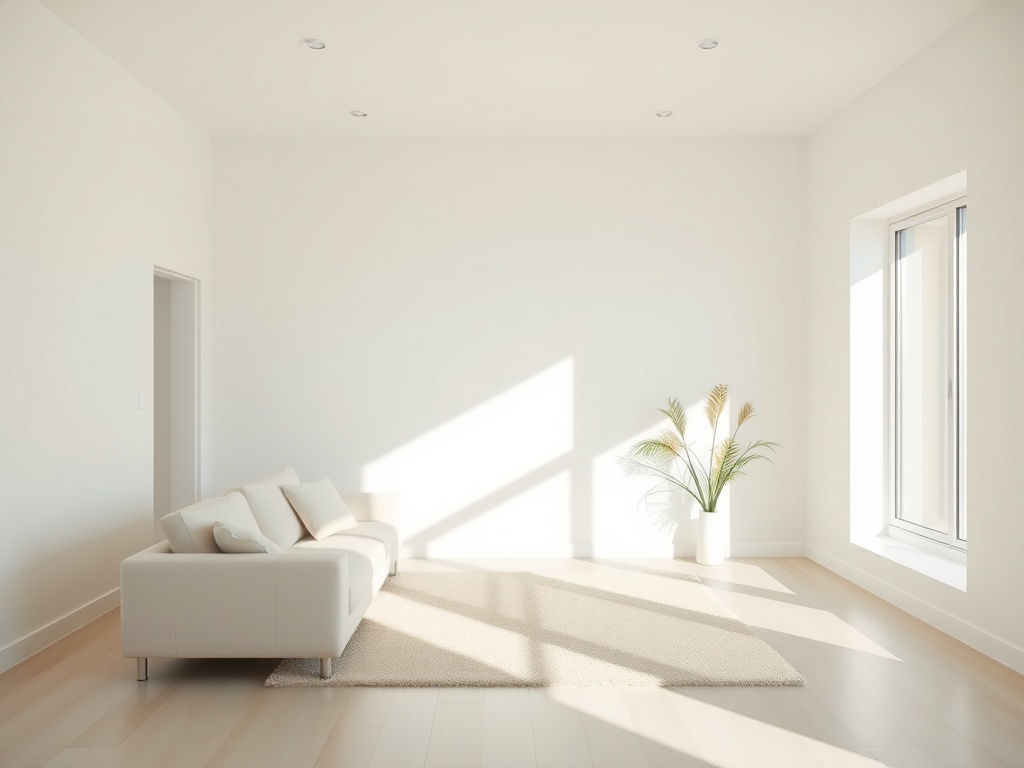
3. Curate Thoughtfully Chosen Furniture
Minimalist spaces demand careful selection of furniture—each piece should be functional, beautiful, and purposeful. Opt for streamlined sofas, sleek coffee tables, and chairs with clean lines. Avoid overcrowding; instead, focus on a few high-quality items that anchor the room. Thoughtful curation ensures your living room feels open and inviting, rather than sparse or empty.
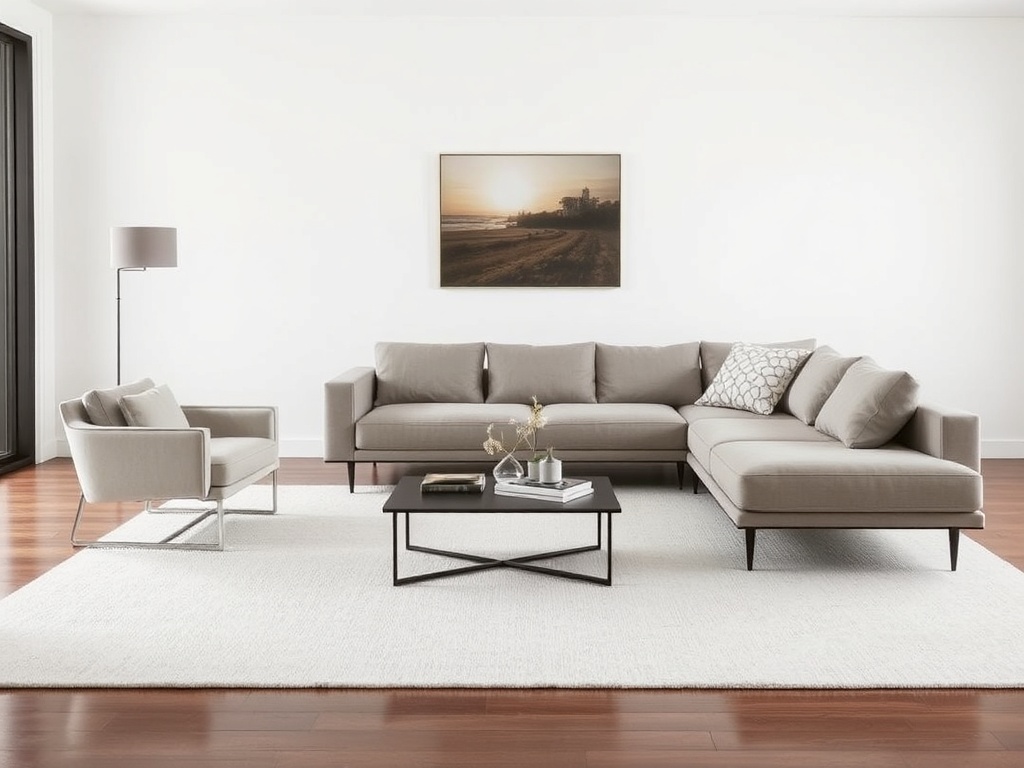
4. Embrace Open Spaces
One of the hallmarks of minimalist design is an appreciation for open, uncluttered spaces. Resist the urge to fill every corner; instead, let your room breathe. Arrange furniture to encourage easy movement and create visual flow. This openness not only makes your living room feel larger, but also promotes a sense of calm and relaxation.
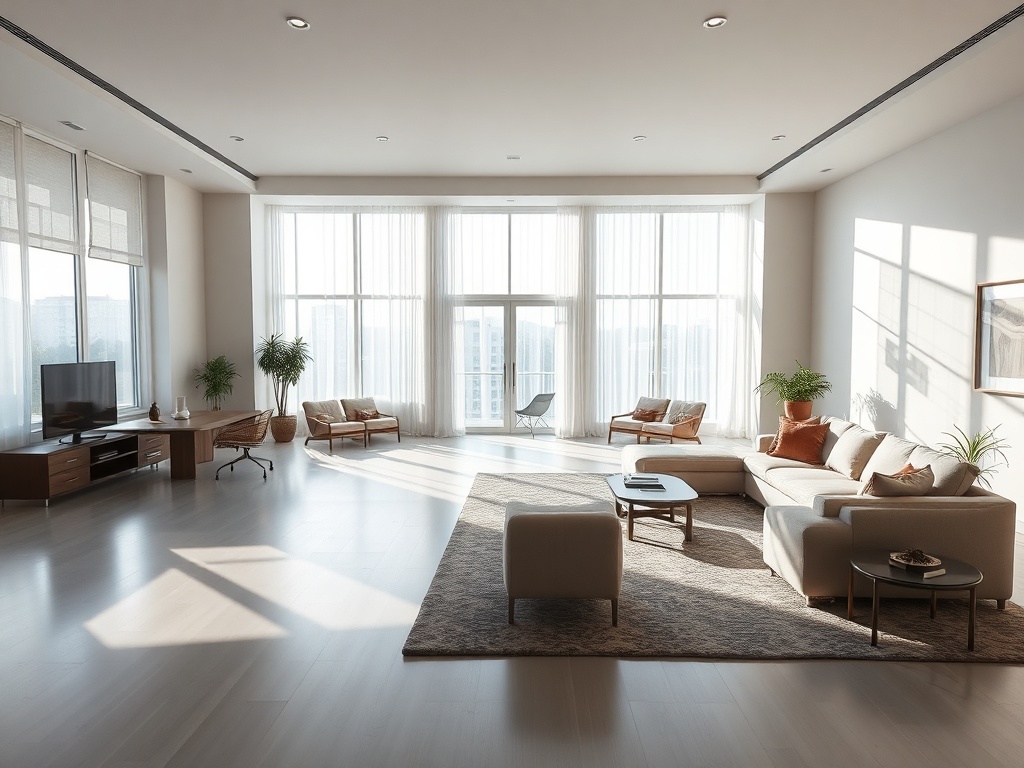
5. Invest in Multi-Functional Pieces
Multi-functional furniture is a minimalist’s best friend. Consider ottomans with hidden storage, coffee tables that double as work surfaces, or modular sofas that adapt to your needs. These versatile pieces help you maximize utility without sacrificing style or adding clutter. Look for designs that blend seamlessly with your aesthetic for a cohesive look.

6. Highlight Natural Light
Minimalist living rooms thrive on natural light. Keep window treatments simple—think sheer curtains or blinds that can be easily drawn back. Allowing sunlight to flood your space not only makes it feel larger, but also enhances the serene atmosphere. If privacy is a concern, opt for light-filtering shades that maintain brightness while offering coverage.

7. Simplify Your Decor
When it comes to decorations, less is truly more. Select a handful of meaningful objects—perhaps a sculptural vase, a framed print, or a single potted plant. Display these items thoughtfully, giving them room to breathe. This approach lets each piece shine and prevents visual clutter.

8. Incorporate Texture for Warmth
Minimalist doesn’t have to mean cold or sterile. Layering textures—such as a wool rug, linen cushions, or a woven throw—adds depth and warmth to your living room. Stick to neutral tones, but mix materials to create visual interest and a cozy, inviting atmosphere.

9. Choose Art with Impact
Minimalist art is all about restraint and intentionality. Select one or two large-scale pieces rather than a gallery wall of small prints. Abstract paintings or black-and-white photography work beautifully. These focal points add personality without overwhelming your clean aesthetic.
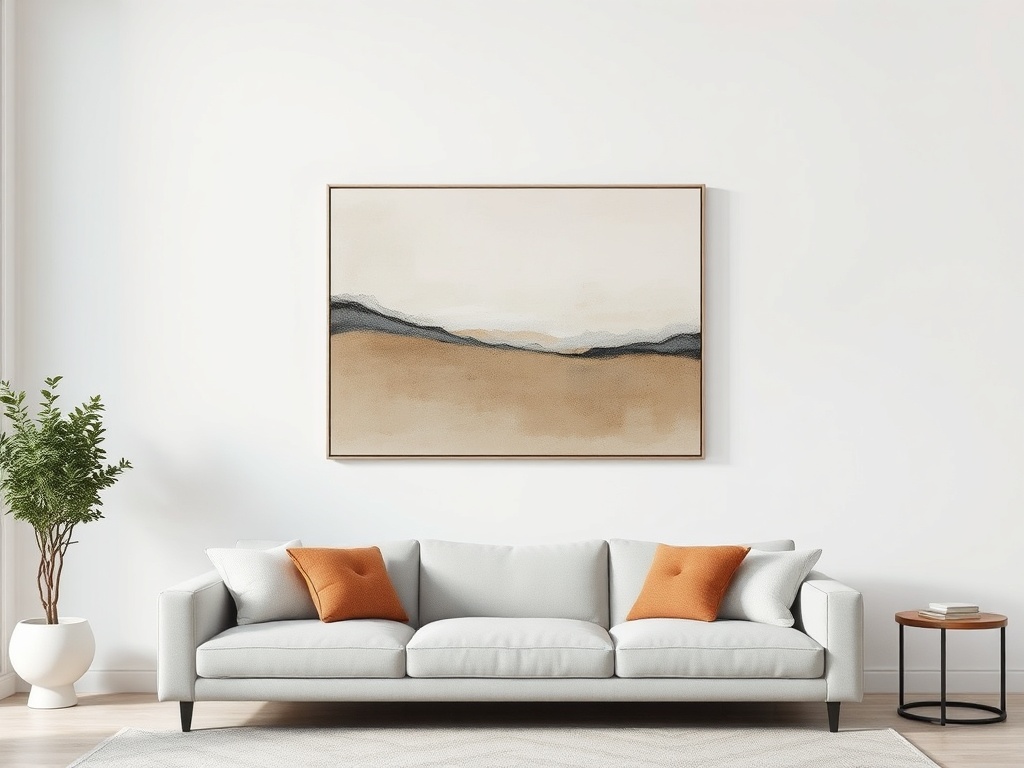
10. Keep Cords and Electronics Hidden
Visual clutter often comes from tangled cords and exposed electronics. Use cord organizers, wall-mounted TV brackets, or custom cabinetry to keep these items out of sight. A tidy media setup enhances your minimalist vibe and lets your design elements shine.
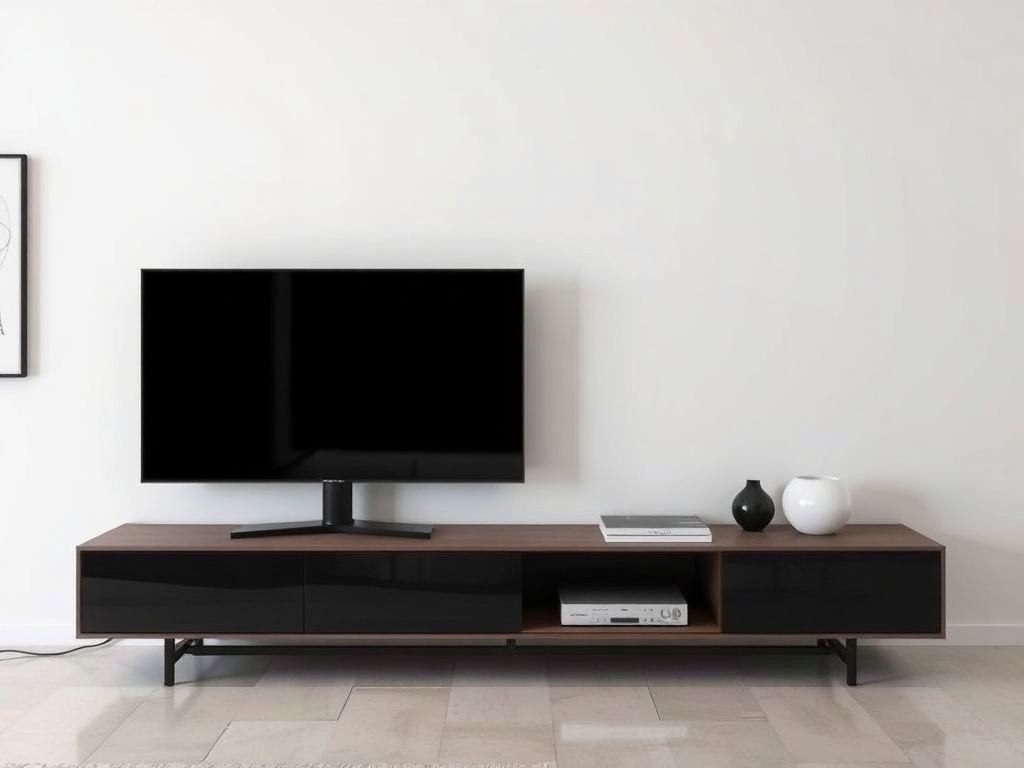
11. Bring in Greenery
Plants breathe life into minimalist spaces. Choose a few sculptural varieties, such as a fiddle leaf fig or snake plant, and display them in simple pots. Greenery adds freshness and a pop of color without disrupting the calm of your design.
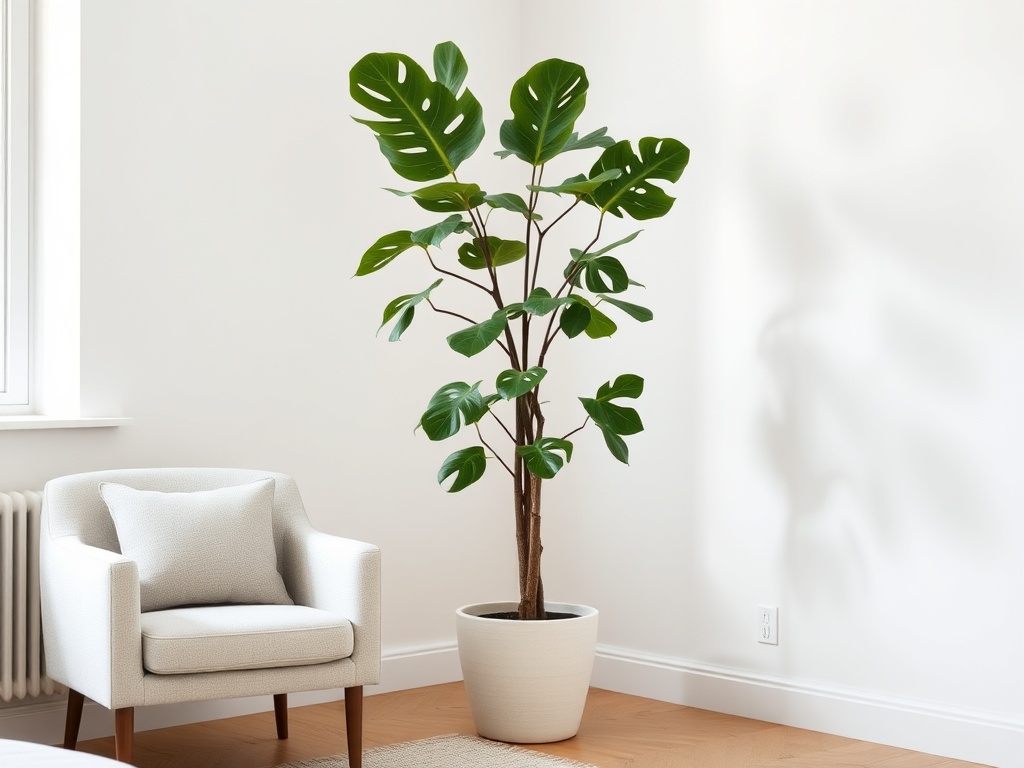
12. Opt for Subtle Patterns
Patterns can have a place in minimalist living rooms—if used sparingly. Consider a geometric rug, a herringbone throw, or subtle striped cushions. Keep patterns within the same color family as your palette to maintain harmony.

13. Declutter Regularly
Maintaining minimalism is an ongoing process. Make it a habit to assess your living room regularly, removing items that no longer serve a purpose or bring you joy. This not only keeps your space tidy, but also ensures it remains a sanctuary from daily chaos.

14. Use Mirrors to Expand the Space
Strategically placed mirrors can make a minimalist living room feel larger and brighter. Select a simple, frameless design or a mirror with a thin, understated frame. Position it to reflect light and open up your space visually.

15. Prioritize Quality over Quantity
Minimalism is about mindful living. Instead of filling your room with many objects, invest in a few high-quality pieces. Durable materials, timeless designs, and craftsmanship all contribute to a space that feels both luxurious and lasting.
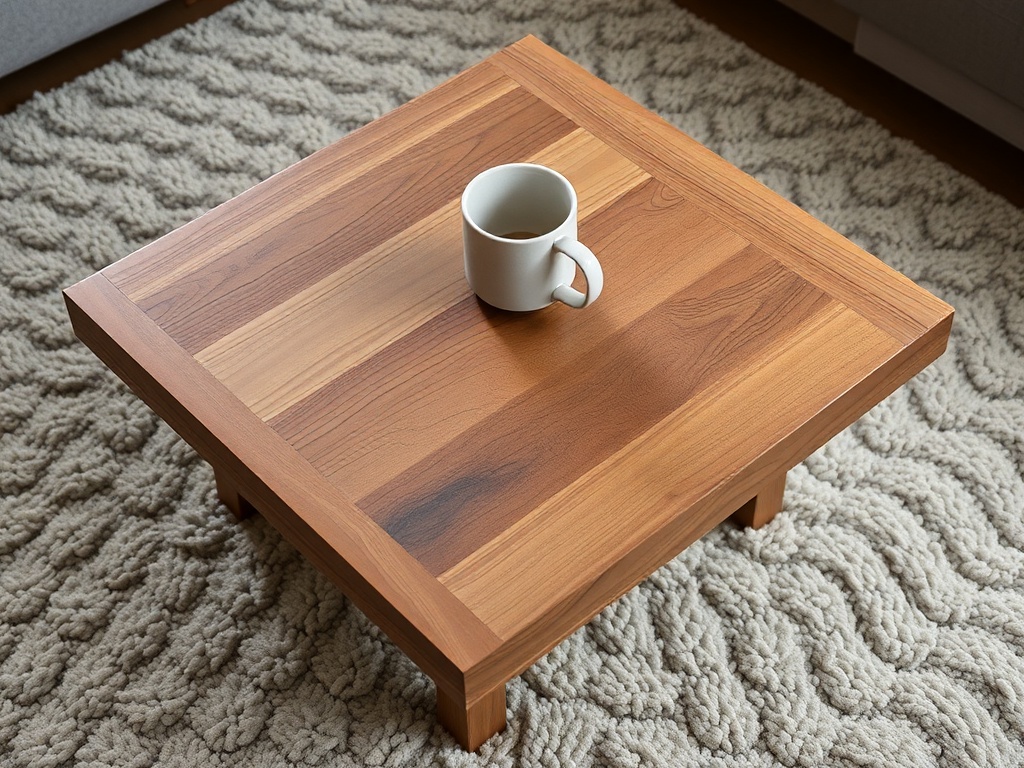
16. Create Zones for Functionality
Even in a minimalist living room, it’s important to define areas for different activities—reading, relaxing, or entertaining. Use furniture placement, a rug, or subtle lighting changes to create these zones. This adds structure without cluttering the space.
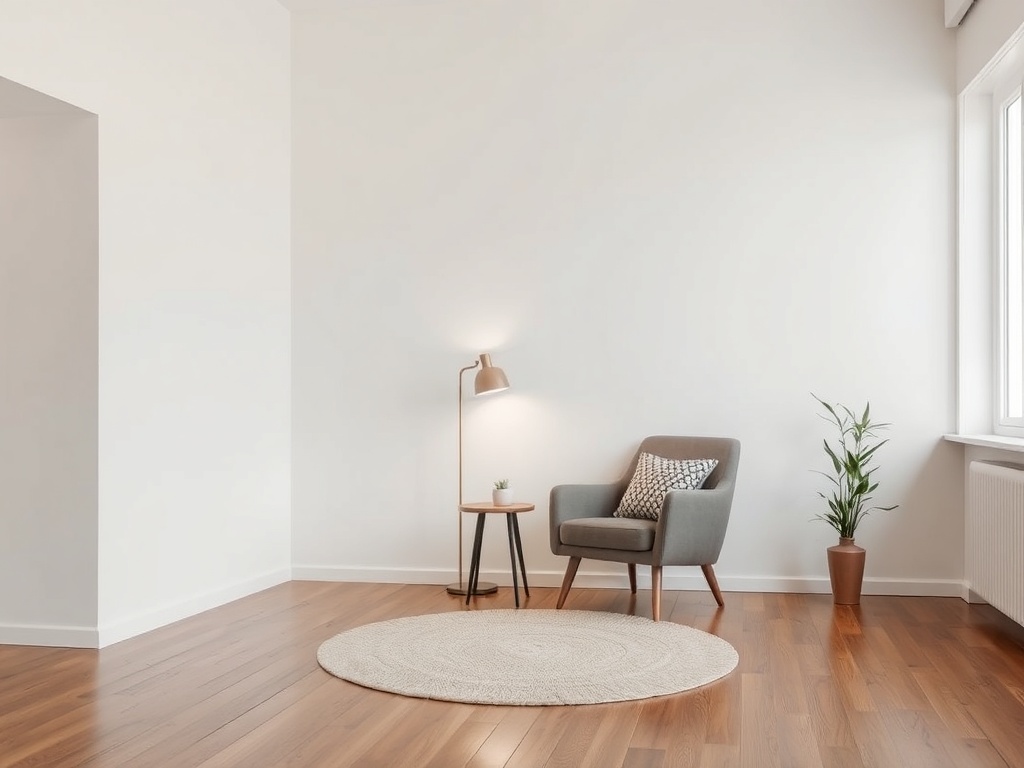
17. Control Your Color Pops
While neutrals dominate minimalist design, a controlled pop of color can add character. Choose a single accent—such as a bold cushion or a vibrant piece of art—and let it stand out against a muted background. This restraint keeps the space balanced.

18. Integrate Minimal Lighting Solutions
Lighting sets the tone for your living room. Opt for simple fixtures—think recessed lighting, slim floor lamps, or pendant lights with clean lines. Dimmable options allow you to adjust the ambiance for any occasion, all while maintaining a sleek silhouette.
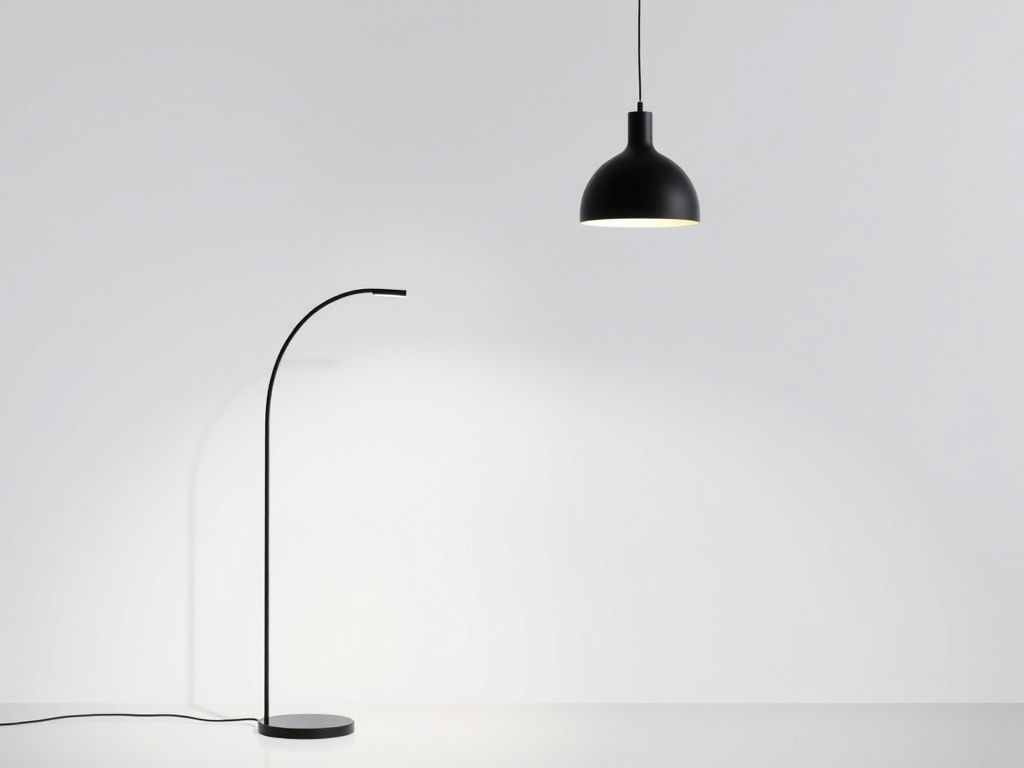
19. Let the Architecture Shine
Minimalist design celebrates the beauty of space itself. If your living room has interesting architectural features—like exposed beams, a statement fireplace, or large windows—let them take center stage. Avoid covering them with unnecessary decor, and allow their natural charm to enhance your minimalist haven.

20. Personalize with Purpose
Minimalism doesn’t mean erasing your personality. Display a few carefully chosen personal items—a favorite book, a travel memento, or a cherished photograph—in a way that feels intentional. These curated touches make your living room uniquely yours, while still honoring the spirit of minimalism.
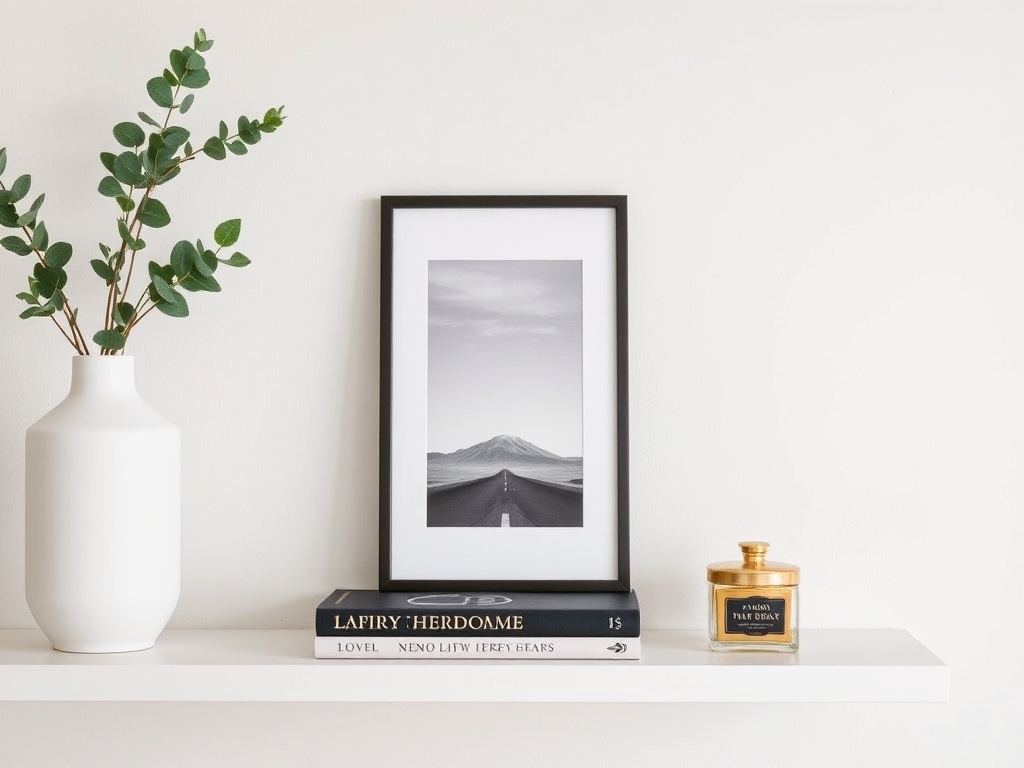
Minimalist living is about more than just appearance; it’s a lifestyle that brings peace, clarity, and intentionality into your home. By following these twenty tips, you can design a living room that’s both inviting and inspiring—where every element has a purpose, and every detail contributes to a sense of harmony. Start small, stay true to your vision, and enjoy the transformative calm of minimalist design.
